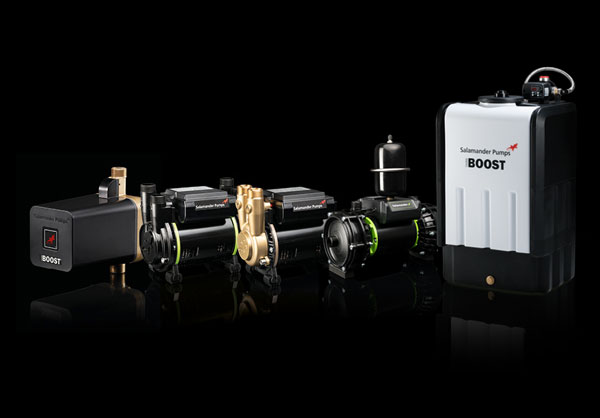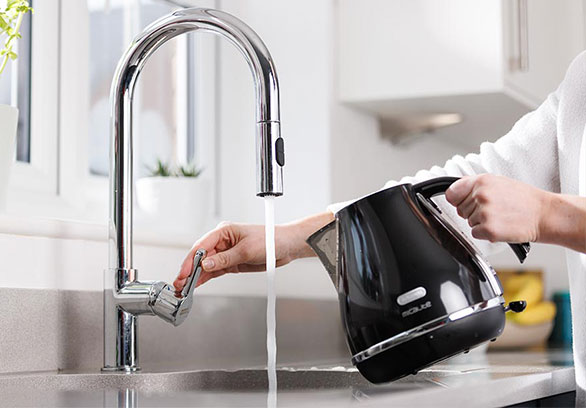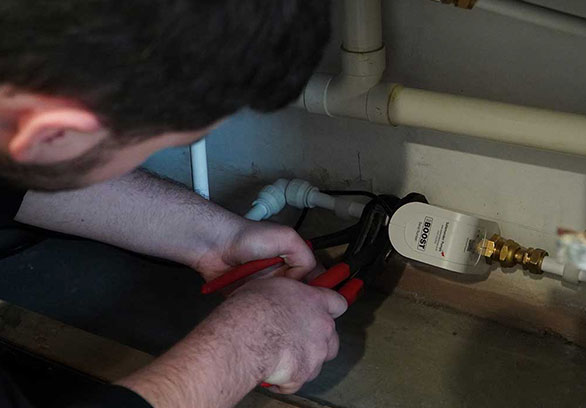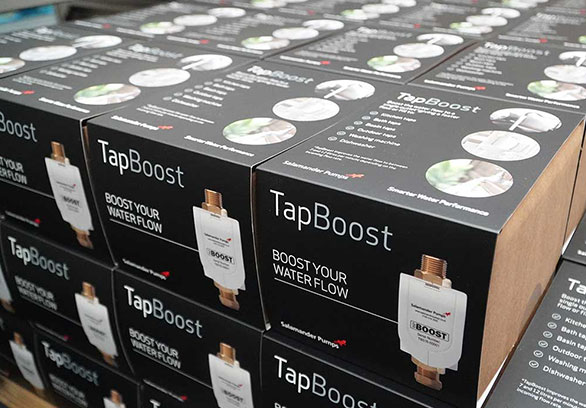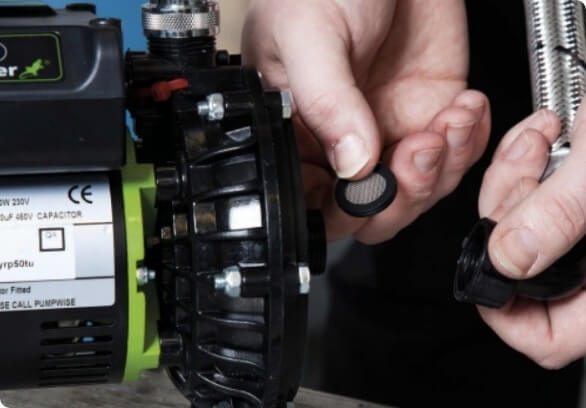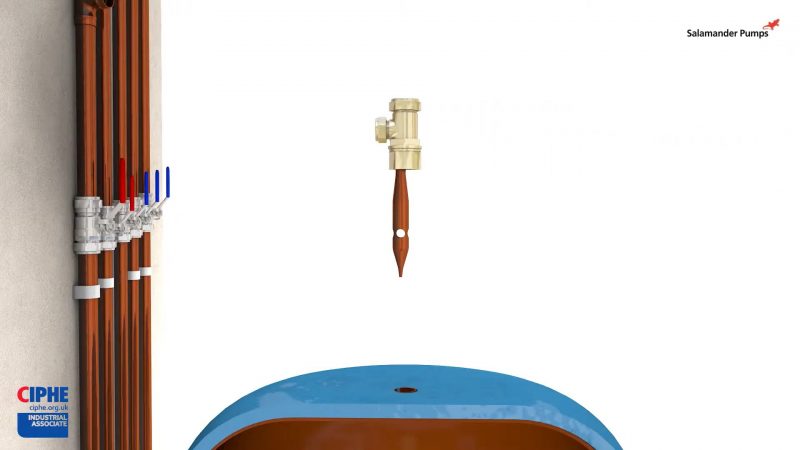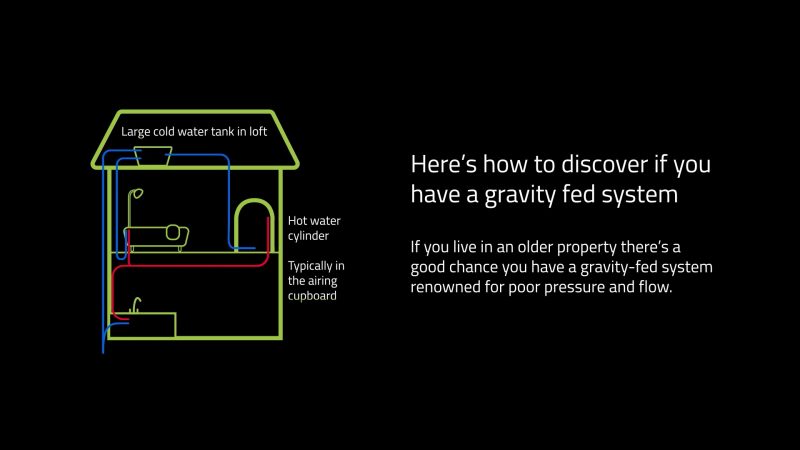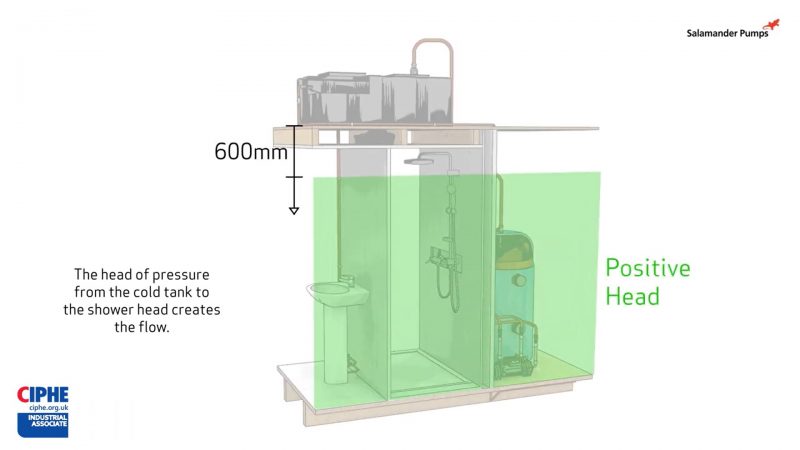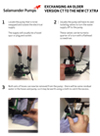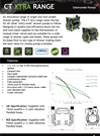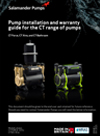Universal (Negative Head) Pump
If your pump has a pressure vessel, then the most likely cause for the pump running is that there is a leak somewhere in the system (like a dripping tap or shower, or slow pipework leak).
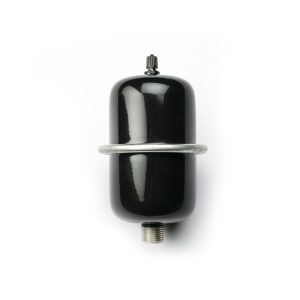
The easiest way to test if this is a pump issue or a leak, is to close the isolation valves on the outlet couplers (hoses) connecting the pump to the pipework. If you have a twin pump, you will need to close the outlet isolation valves on both ends of the pump.
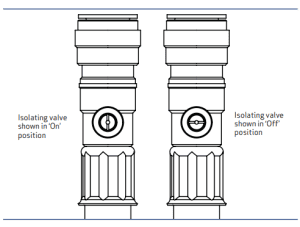
If the pump continues to run after isolation valves on the pump outlets are closed, then it is a pump issue and you need to contact our technical desk either by calling 0191 516 2002 or emailing: tech@salamanderpumps.co.uk
If the pump does not turn on when the outlet isolation valves are closed, but does when opened, a weep/leak on associated pipework after the pump may be causing the pump to turn on with no demand.
Positive Head Pump
If your pump doesn’t have a pressure vessel and is a positive head pump then use the isolation valves as shown above to switch the water to the pump off.
If the pump turns off then there is a chance that water is going to somewhere in the system that it shouldn’t be e.g the vent pipe or cold water tank.
If this isn’t the case then contact our technical desk either by calling 0191 516 2002 or emailing: tech@salamanderpumps.co.uk
